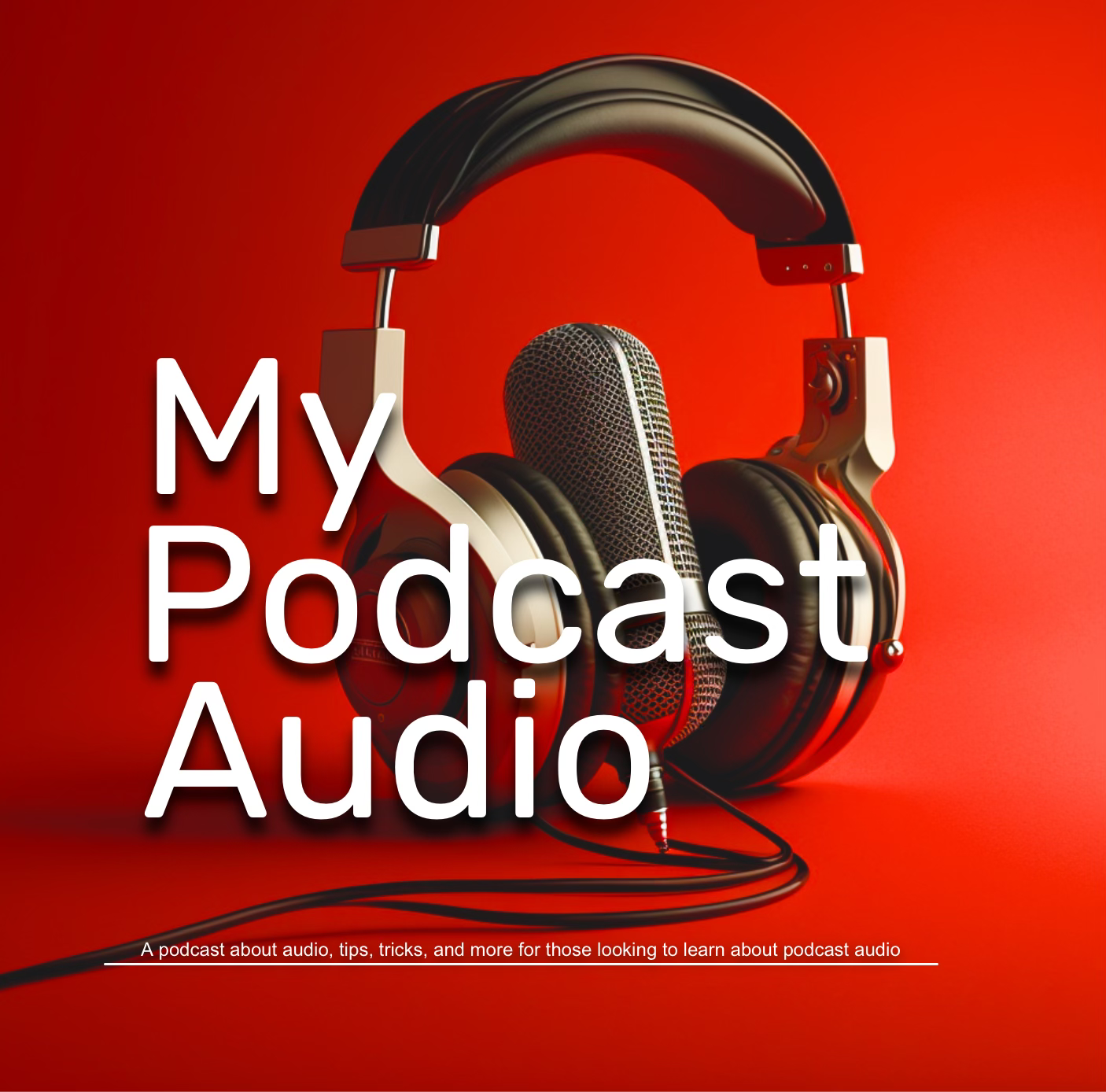When it comes to podcast production, efficiency and creativity are paramount. Enter Descript, an AI-powered tool that’s redefining how podcasters edit and produce their content. But is it the ultimate solution for your workflow? Let’s dive into the pros and cons of using Descript as an audio production tool.
What is Descript?
Descript is an all-in-one app that combines transcription, audio editing, video editing, and screen recording. Its standout feature is the ability to edit audio as easily as editing a text document—allowing you to cut out filler words like “uhs” and “ums” and fix mistakes directly from the transcript. Powered by AI, it offers tools like Overdub, which lets you clone your voice to re-record lines without needing a microphone. Descript’s appeal lies in its simplicity and versatility, making it especially attractive to podcasters and content creators who want to save time and bypass the need for advanced technical knowledge or hiring a dedicated audio engineer. It positions itself as a one-stop shop for creating polished, professional-quality recordings with ease and efficiency.
The Pros of Using Descript
1. Simplicity and Time-Saving
Descript’s unique text-based editing system allows even beginners to jump into podcast production with ease. Tasks like removing filler words, cutting mistakes, and rearranging segments can be done in minutes.
2. Integrated Workflow
With transcription, video editing, and screen recording tools all in one app, Descript eliminates the need for multiple platforms. For podcasters who incorporate video episodes or promotional content, this can streamline the entire process.
3. Overdub AI Voice Cloning
The Overdub feature is groundbreaking. Misspoke a line? You can generate new audio without re-recording. This feature is a lifesaver for fixing minor mistakes or adding lines post-production.
4. Collaborative Features
Descript’s cloud-based platform makes it easy to collaborate with team members. You can share projects, track changes, and receive feedback in real time.
5. Good for Beginners
For podcasters without extensive audio engineering knowledge, Descript offers a simplified entry point into audio editing.
The Cons of Using Descript
Despite its innovative approach, Descript has some notable downsides that podcasters should consider.
1. Performance and Stability Issues
Frequent crashes during resource-intensive tasks can lead to lost work and frustration.
Slow loading times and frequent updates that require restarts can disrupt your workflow.
2. Usability Challenges
The interface can feel clunky, particularly for advanced editing tasks like timeline editing or using the graphic equalizer.
While basic editing is intuitive, advanced features like Overdub and in-depth audio manipulation have a steeper learning curve.
3. Transcription Limitations
The transcription feature, while useful, is not perfect. Accents, specific phrases, and names can trip up the AI, leading to errors that require manual fixes.
Unlike some advanced AI tools, Descript’s engine cannot "learn" or adapt to specific user preferences over time.
4. Dependence on Internet Connectivity
Many of Descript’s features, including transcription and voice cloning, require a stable internet connection. This makes it less practical for podcasters who work in areas with poor connectivity or need offline access.
5. Customer Support Concerns
Users frequently report slow response times from the support team, leaving issues unresolved for days.
6. Feature Limitations
Lack of a mobile app prevents on-the-go editing.
Limited template options restrict creative flexibility for video editing.
Advanced editors may find it insufficient compared to professional tools like Adobe Premiere Pro or traditional DAWs for audio engineering.
7. Cost Concerns
Descript’s Pro plan, while packed with features, can be expensive for larger teams or users needing unlimited features. Budget-conscious creators may find better value elsewhere.
8. AI-Generated Sound Quality
While features like Overdub save time, the generated audio often lacks the warmth and nuance of a human voice, which can make your podcast feel less authentic.
Is Descript Right for You?
Descript is a powerful tool that can save podcasters significant time, especially for those with smaller teams or limited technical expertise. Its transcription and text-based editing features are unmatched for simplicity and speed. However, the tool’s limitations, including performance issues, reliance on internet connectivity, and AI transcription errors, may hinder professional or large-scale podcast production.
If you prioritize efficiency and simplicity, Descript could be an excellent addition to your workflow. But if sound quality, advanced editing, and professional-grade tools are non-negotiable, you may want to pair it with a more robust DAW like Logic Pro or Pro Tools for finishing touches.
Final Thoughts
Descript is a testament to how far AI has come in audio production. However, like any tool, it’s not perfect. Understanding its strengths and limitations will help you decide if it aligns with your podcasting goals. For many, it’s a game-changer. For others, it’s a helpful companion rather than a complete solution.
Have you tried Descript? Share your thoughts and experiences in the comments below—I’d love to hear how it’s impacted your podcasting journey.




